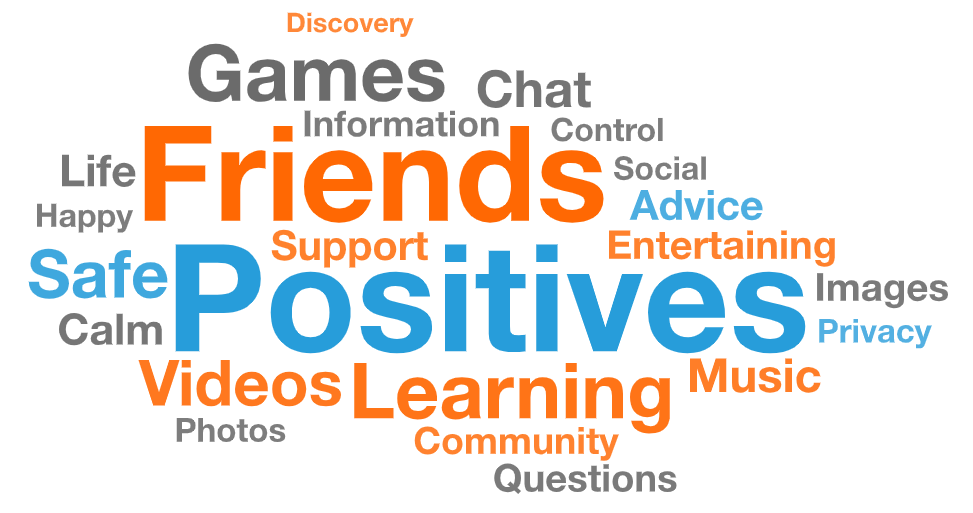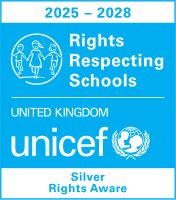E-Safety & Supporting young people with SEND online
Somewhere they can make friends without having to communicate face-to-face, and build a community which they may not have in their offline life. Whilst recognising the Internet is a great resource which young people enjoy using, life online for a child with SEND may pose additional challenges that require careful management and support.
We aim to support you in understanding the risks of online activity, ensure that you know what to look out for, and provide practical ways in which you can help your child to enjoy their time online.
What opportunities can the Internet offer my child?
There are so many positive opportunities for young people online, such as communicating with friends, watching videos or playing games. The Internet is an amazing resource for many reasons, and it’s important to recognise how much young people love using it.

How do I start the conversation and what do I need to know?
Click below to find out how to support your child online
When should I talk about online safety to my child?
Whether your child is verbal or non-verbal, the moment your child expresses an interest in the Internet, is the time to talk about, discuss or show ways in which they can stay safe online. Allow yourself enough time and choose a quiet space to avoid interruption. Everyone has the right to feel safe and enjoy their time online, so it’s important for them to understand boundaries and behaviour, both their own and that of other people. The earlier you start this communication, the easier it will be to talk about further online safety concerns in the future.
Join in and find out what they enjoy online.
Show an interest and find out what your child enjoys doing online, and ask to be shown the things they like to play, look at, or watch. If possible, ask to join in as this will show you exactly what your child sees when they are online. For example, if they want to join a social media site, try creating an account for yourself to get to know how it works and where the settings are. That way, you can be confident in showing them what they need to do.
Common Sense Media have some really helpful information and website suggestions.
Learn how to use Parental Controls.
Setting up parental controls and filters on your home Internet can help to avoid age-inappropriate images, videos and websites being seen by your child whilst they are using the Wi-fi. Many devices like phones, tablets and games consoles have parental controls settings to restrict this content, as well as restricting additional costs online, such as in-app purchasing and turning off location functions.
Internet Matters provide some helpful information about these settings and how to use them.
Set up a family agreement together.
A Family Agreement is a great way of talking about online safety and how to use the Internet positively. Establishing an agreement together can help your child understand how to communicate safely and appropriately online and learn what to do if they find themselves in a challenging or unpleasant situation. It will also provide an opportunity for your child to decide who they should go and tell if something confusing or unpleasant happens online. We refer to this person as a trusted adult. These are people they already know, and they could be another relative, teacher, a youth leader or key support worker. If clearly displayed with whatever communication method works best for your child, be it written form or symbol aids, a family agreement can really help to reinforce and remind your child of the important things they need to know.
Get to know the tools which can help to keep your child safe.
It’s important to understand and get to know the tools and safety features on the things your child likes to use. Once you have got to know your child’s favourite games, apps and services, ensure that you explore and understand the safety features they have on them. For example, find out what privacy settings they have, where these are and how to apply them. These will enable your child to choose who can see their account and what information online visitors can see. The UK Safer Internet website has advice about social media settings to help you understand these. Always make sure that you carefully read these as there may be additional levels of privacy available for children and young people, compared to adults.
Other important features to know are where to get help, how to block someone and how to make a report.
Based on https://www.childnet.com/help-and-advice/supporting-young-people-with-send-online/
The links included below are to sites with useful information about e-safety.
*Wren Spinney School is not responsible for the content of the links below.
Telephone Helplines for Children
- Childline — 0800 1111 — a free 24-hour helpline for children in the UK.
- Child Helpline International — to find a helpline for children outside the UK.
To Report to The Police
- CEOP — Child Exploitation and Online Protection — to report suspicious behaviour online towards a child directly to the police, Click 'Make A Report'.
- The Virtual Global Taskforce — click the ‘Report Abuse’ option on the home page and follow the instructions.
- UK Government Advice - Avoid and report Internet scams and phishing.
E-Safety Websites
- National Online Safety
- Childnet International
- Digizen
- Thinkuknow
- SafeKids
- NetSmartzKids
- WiseKids
- Internet Matters






